Natural Jasmine Tea
From $35.00
Breathe in tranquility with Jasmine Serenity Tea, a delicate fusion of premium green tea leaves and freshly bloomed jasmine flowers.
Whether you’re starting your day with intention or winding down from digital overload, Jasmine Serenity Tea offers a simple ritual to slow down and reconnect — one mindful sip at a time.
Origins and Craftsmanship
Fresh Floral Fragrance and Gentle Nourishment
Jasmine tea, a traditional Chinese tea beverage, is crafted from a unique scenting process combining fresh jasmine petals with green or white tea.
The delicate fragrance of the jasmine blossoms blends with the freshness of the tea leaves, creating a gentle floral aroma. The tea is bright in color and has a refreshing yet mellow taste.
This traditional Chinese beverage has also gained popularity in the US market, becoming a top choice for many consumers seeking relaxation and emotional balance.
Functions, Benefits, and Uses
Relaxation and Stress Relief
The natural aroma of jasmine tea has a profoundly relaxing effect. The fragrance of jasmine flowers is believed to help relieve anxiety and reduce tension, making it ideal for busy workdays or stressful moments.
Sip a cup of jasmine tea to relax and regain your peace of mind.
Immunity Enhancement and Antioxidant Benefits
Jasmine tea is rich in natural tea polyphenols and catechins, which can help scavenge free radicals, fight aging, and boost immune system function.
Regular consumption can help prevent seasonal illnesses and strengthen the body's natural defenses. Aids Sleep and Improves Mood
Jasmine tea has a soothing effect, making it particularly suitable for evening drinking, helping you relax and prepare for a good night's sleep.
The aroma of jasmine is believed to reduce stress, elevate mood, and bring peace of mind.
Boosts Digestion and Metabolism
Jasmine tea has a gentle effect on the stomach, aiding digestion and relieving post-meal discomfort, making it suitable for drinking after meals.
By boosting metabolism, it helps maintain a sense of refreshment.
Fresh Breath and Skin
Jasmine tea helps freshen breath, and its antioxidants may help maintain healthy skin and slow the aging process.
Cultural Fusion
Mindful Living & Stress Relief
With a growing number of people in the United States pursuing mindful living, jasmine tea, as a gentle, natural beverage, has become an ideal companion for meditation and relaxation. Every sip can bring emotional balance and inner peace.
Jasmine tea nourishes not only the body but also the mind, making it an ideal choice for relaxation and self-care for the modern person. Holistic Wellness
Jasmine tea meets the holistic wellness needs of American consumers. It combines the natural fragrance of flowers with the functional properties of tea, creating a perfect fusion for both physical and mental well-being.
Tea as a Lifestyle
Jasmine tea is more than just a drink; it represents a lifestyle: slowing down, focusing on the present moment, and savoring the comfort and tranquility of every sip. In our busy lives, jasmine tea offers a way to return to nature and find peace.
How to Use
Morning Refreshment: Start the day with a refreshing cup of jasmine tea, gently awakening your body and mind, bringing you fresh energy and focus.
Focused Worktime: Drink during breaks to relieve stress and improve concentration.
Before or After Meditation and Yoga: The aroma of the tea helps regulate breathing, calm the mind, and facilitate meditation or yoga.
Before Bedtime Relaxation: Drink in the evening to relax and improve sleep quality.
Post-Meal Digestive Aid: Drink after meals to relieve indigestion and promote gastrointestinal health.
Recommended for
Those who frequently sit for long periods of time, are sensitive to air, or smoke
Those who prioritize respiratory health
Those who enjoy yoga, meditation, or aromatherapy
Those who pursue a natural herbal, self-healing, and stress-reducing lifestyle
With every sip, you breathe in calm.
With every fragrance, you breathe out stress.
Every sip of jasmine tea is a breath of tranquility.
Every waft of its fragrance releases stress.
Jasmine tea is more than just a drink; it's an extension of meditation. Each cup offers a brief moment of mindfulness meditation, helping you find inner peace and clarity amidst your busy life.
China’s tea culture has a long and profound history, blending philosophy, art, etiquette, and lifestyle. The wisdom within the way of tea is vast—something we can spend a lifetime learning, experiencing, and practicing.
The art of tea is also the art of the heart. In truth, the process of making tea itself is a gentle form of meditation. Each time we brew and taste tea, we are given the chance to practice focus, cultivate mindfulness, and find inner peace. When we lift the teapot, pour the water, serve the infusion, and share the tea, our full attention rests on each delicate movement. In that moment, we are free from tomorrow’s work, the trivialities of daily life, regrets of the past, or uncertainties of the future.
At that very instant, we live wholly and purely in the present, honoring the here and now. You may notice the sound of water becoming clearer, the fragrance of tea more vivid and layered. Brewing tea is no longer just a mechanical act—it becomes a heartfelt communion with tea, allowing the spirit to find its resting place in the present.
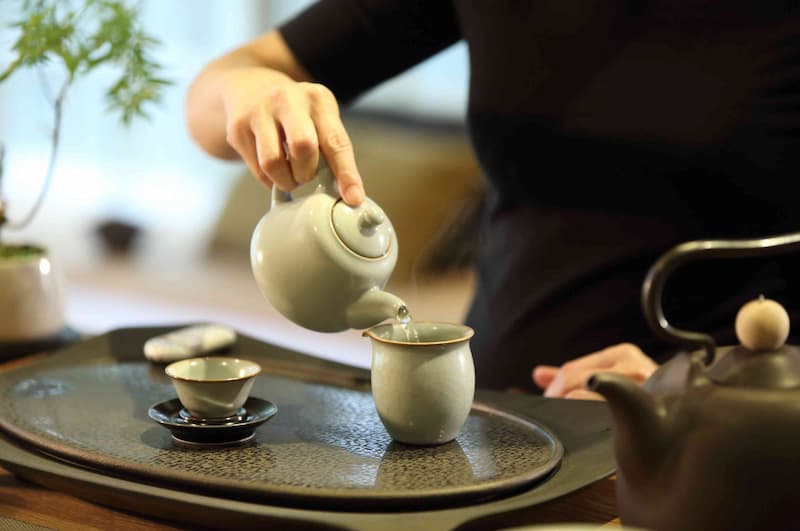
How to Brew a Good Cup of Tea
A fine cup of tea requires not only quality leaves but also skill in brewing. If you feel that your tea-making has not improved, it may be due to overlooked details. The following guidance will help you quickly enhance your tea-brewing technique.
Step 1: Choosing the Teaware
Selecting the right teaware is the foundation of brewing good tea. Different materials include porcelain, clay, Yixing (purple clay), and glass; different shapes include small teapots, large teapots, gaiwan (lidded bowls), and cups. Here are recommendations:
Green Tea & Yellow Tea: Glass Cups
Glass cups showcase the beauty of tea leaves unfurling in water. Most green and yellow teas are delicate and cannot withstand high heat, so avoid teapots with strong heat retention like Yixing clay.
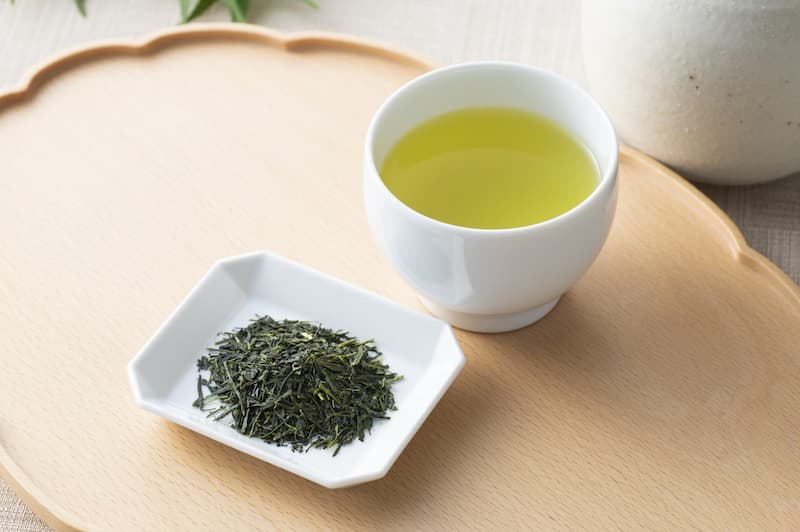
Black Tea: White Porcelain Gaiwan
Black tea should not be brewed with boiling water. A wide porcelain gaiwan dissipates heat quickly, allowing better control of steeping time. Keep the lid open after brewing to avoid sourness. A porcelain gaiwan also highlights the color of the tea.
Oolong Tea: Gongfu Teaware
Gongfu-style brewing, traditional in Fujian and Guangdong, brings out the tea’s aroma and flavor complexity. Small Yixing teapots or gaiwans are preferred for appreciating fragrance and subtle taste layers.
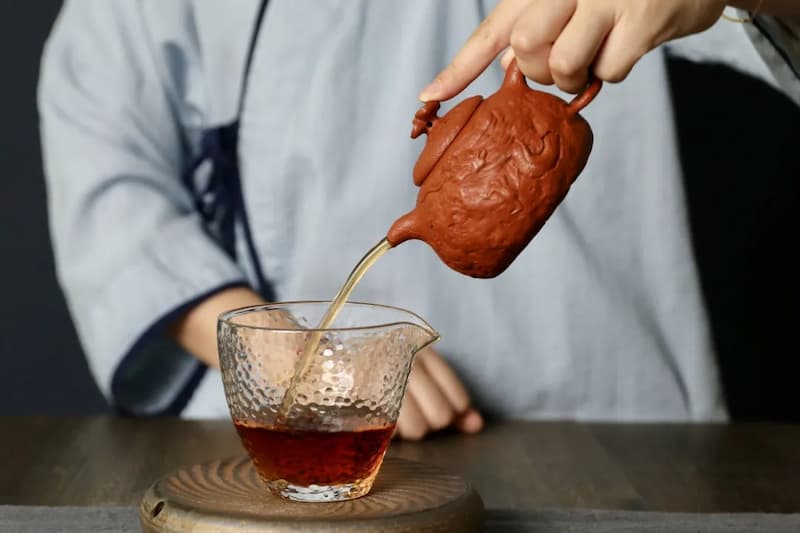
Dark Tea (Hei Cha): Yixing Clay Teapot
The porous structure of Yixing clay improves air circulation and refines the depth and rhythm of dark tea, softening any storage odors.
White Tea: Gaiwan or Brewing Pot
Silver Needle and White Peony require lower water temperatures and quick heat dissipation, best brewed in a gaiwan. Aged Shoumei or old white tea is more suitable for slow simmering in a small pot, enhancing its jujube and medicinal aromas.

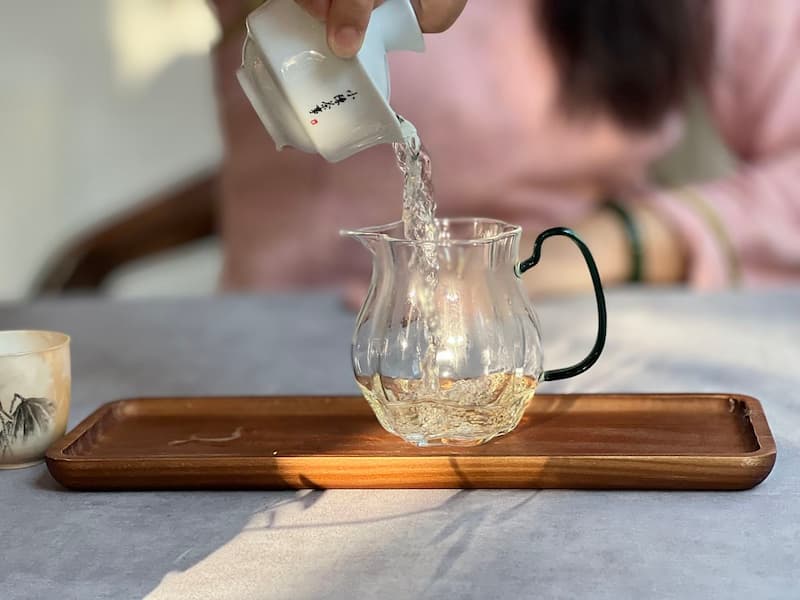
Pu-erh Tea: Gaiwan or Yixing Teapot
For raw or ripe Pu-erh, a porcelain gaiwan reveals delicate flavors. Aged Pu-erh, however, benefits from Yixing teapots that mellow storage odors and make the liquor smoother.
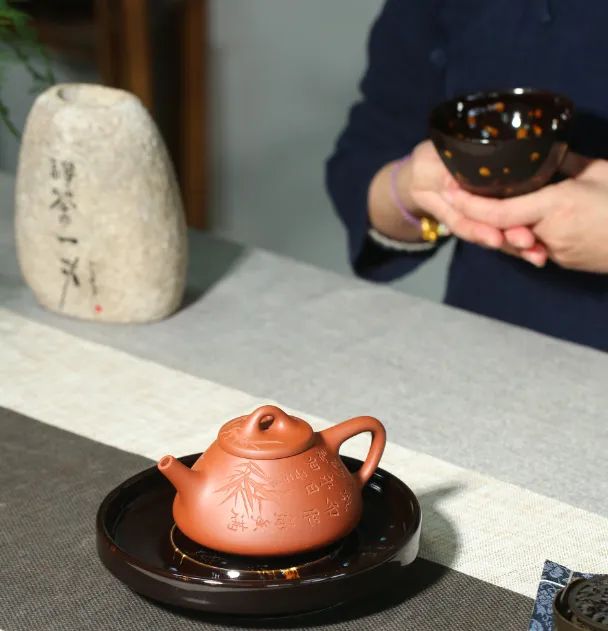
Step 2: Preparing Water
Water quality greatly affects tea:
Purified water, mineral water, or filtered water are best. Tap water, being harder and sometimes chlorinated, can alter the taste.
Boiling water properly:
Always boil water to 100°C before cooling to the desired brewing temperature. Tang Dynasty tea master Lu Yu described three boiling stages:
1、Fish eyes forming with light sound.
2、Bubbling like spring pearls along the edges.
3、Rolling waves, surging and roaring.
Ideally, water should be taken off the boil at the second or just into the third stage for best vitality. Overboiling reduces oxygen, weakening the taste.
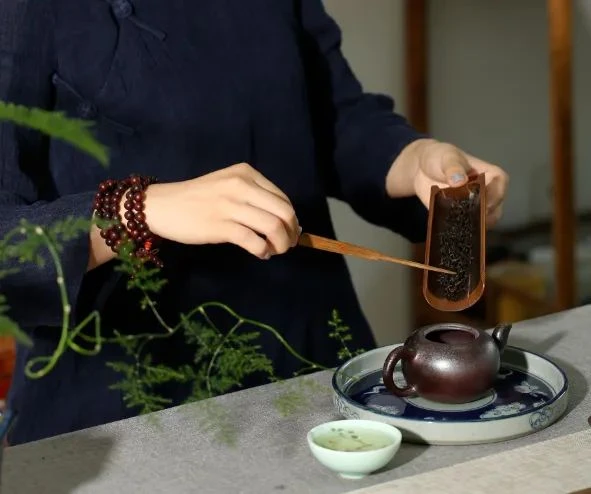
Recommended water temperatures by tea type:
1、Green & Yellow Tea: 80–90°C
2、Black Tea: Small-leaf 80–90°C; Large-leaf 90–95°C
3、Oolong, Pu-erh, Dark Tea: 100°C
4、White Tea: Tender types 80–90°C; Aged white tea 100°C
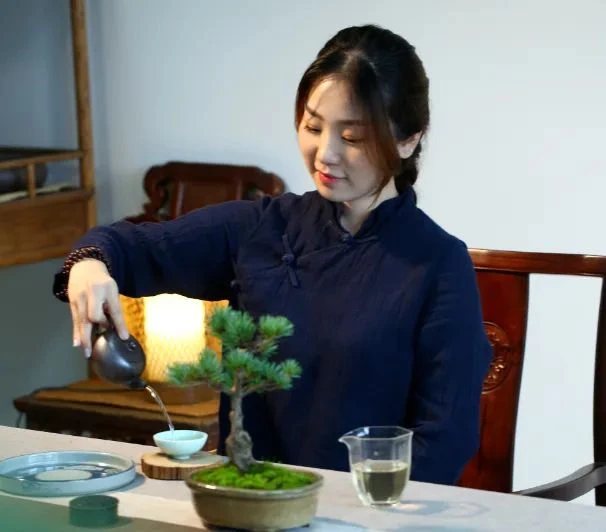
Step 3: Brewing the Tea
Measuring the Tea:Place an appropriate amount of tea into a tea holder to observe its shape and aroma before brewing.
Warming the Teaware:Pour boiling water into the pot or gaiwan, then into a fairness pitcher, then into cups. This prepares the teaware and helps release the tea’s fragrance when leaves are added.
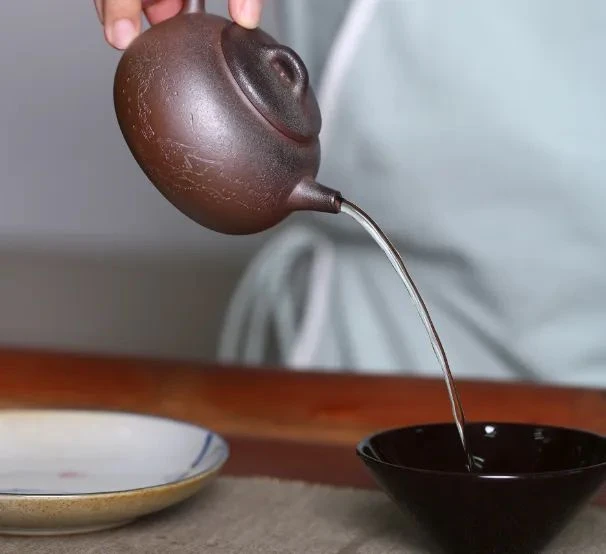
Awakening the Tea:Quickly rinse the leaves with hot water (around 90°C). This softens and opens the leaves while washing away dust. Do not use boiling water, which can extract too much flavor.
Steeping:Adjust the steeping time based on tea type and your preference, gradually lengthening the time with each infusion. For teas that should not be brewed with boiling water, let the water cool in the fairness pitcher before use.
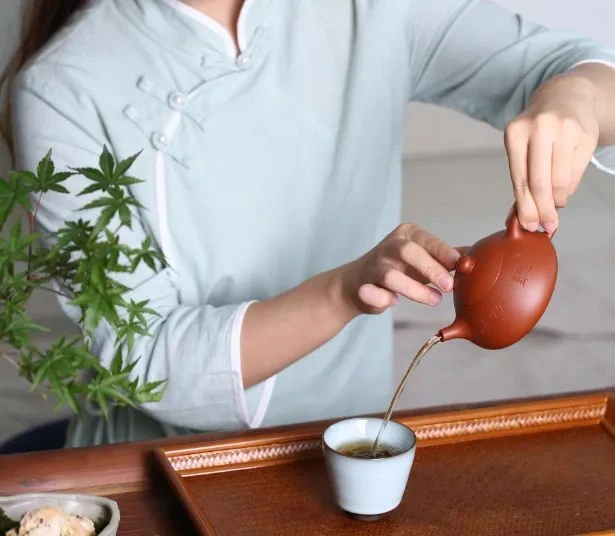
Brewing tea is not about rigid correctness—different people and methods bring out different nuances. By learning the basics, practicing with care, and brewing with mindfulness, you will always be able to enjoy a good cup of tea.
You must be logged in to post a review.
Free Shipping Over $90
Fast Guaranteed Delivery
Easy Returns & Exchanges
60,000 happy customers
Related Products
Lu’an Guapian Green Tea – Steady Energy & Mindful Balance
From $35.00Natural Dried Honeysuckle
From $30.00Organic Maofeng Green Tea–Mindful Clarity in Every Sip
From $38.00Vitality Ginseng Five Treasures Kidney Tea
From $15.00FAQs
Please read our Shipping and Returns page to find out more.
Tenmoku glazes have high iron-content, creating rich colors and shiny surfaces. When fired, the iron forms patterns like oil spots or streaks, giving each piece a unique look.
Yes, they are 100% food safe.
As the clay comes from the ground, there is no guarantee that the wares are 100% free of lead. It's less than 0.01%. It' safe to use. The fluxing agent for the glaze is natural iron ore and wood ash, not a bit of lead was used in the process.
Yes, we do ship worldwide. United States, Canada, France, Belgium, Germany, Netherlands, Switzerland, United Kingdom, Ireland, Iceland Spain, Portugal, Denmark, Finland, Norway, Sweden, Slovenia Poland, Hungary, Austria, Czech Republic, Israel, Japan, South Korea, Vietnam, Singapore, Malaysia, Thailand, Philippines, Indonesia, Australia, New Zealand, Italy, Brazil, Chile, South Africa, UAE, Kuwait, Saudi Arabia, Lebanon.
If you are not happy with it, you can send it back within 30 days for an exchange or refund. No question asked.
ONLINE SUPPORT
24/7 Email & If you have any questions, please feel free to contact us for answers.
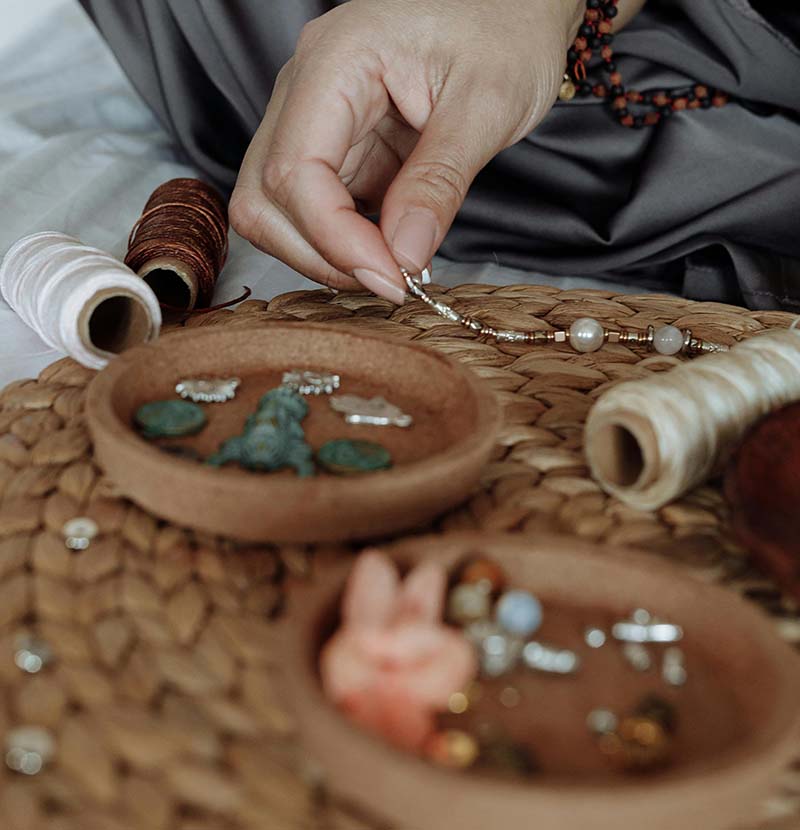
Bracelet Crafting: From Beads to Art
Meticulous bead selection, precise drilling, and skillful weaving—each step embodies craftsmanship. Through blending traditional techniques with contemporary aesthetics, scattered beads transform into refined handcrafted pieces imbued with cultural significance and artistic value.
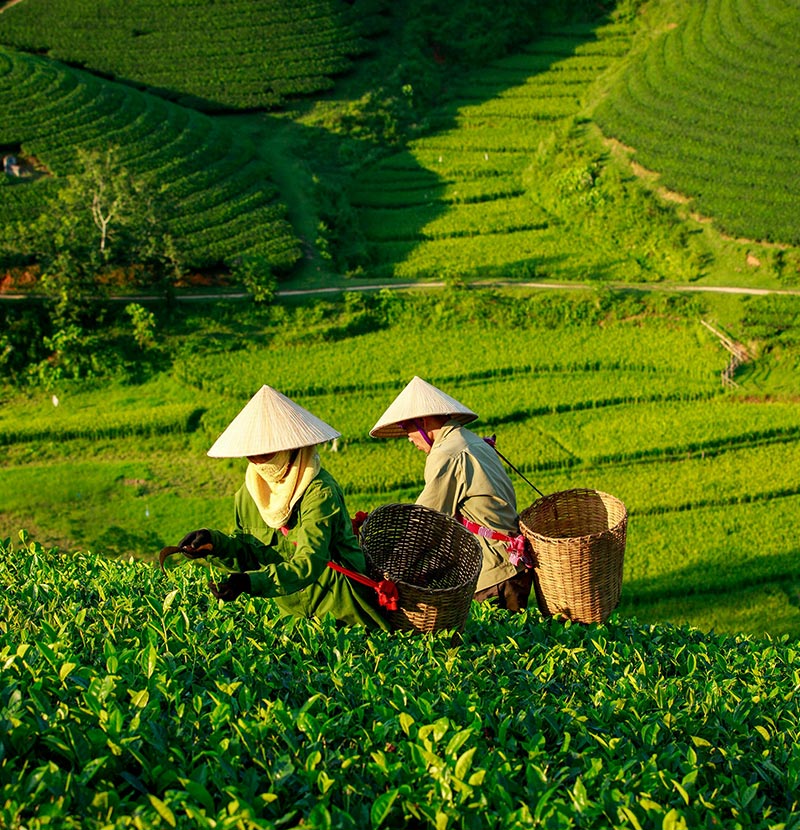
Tea's Eight Transformative Steps
From picking to production and then to packaging, tea must go through eight key processes: picking, withering, killing green leaves, rolling, fermentation, drying, screening, and packaging. Each step embodies the wisdom of tea farmers and ultimately presents a unique flavor and temperament.
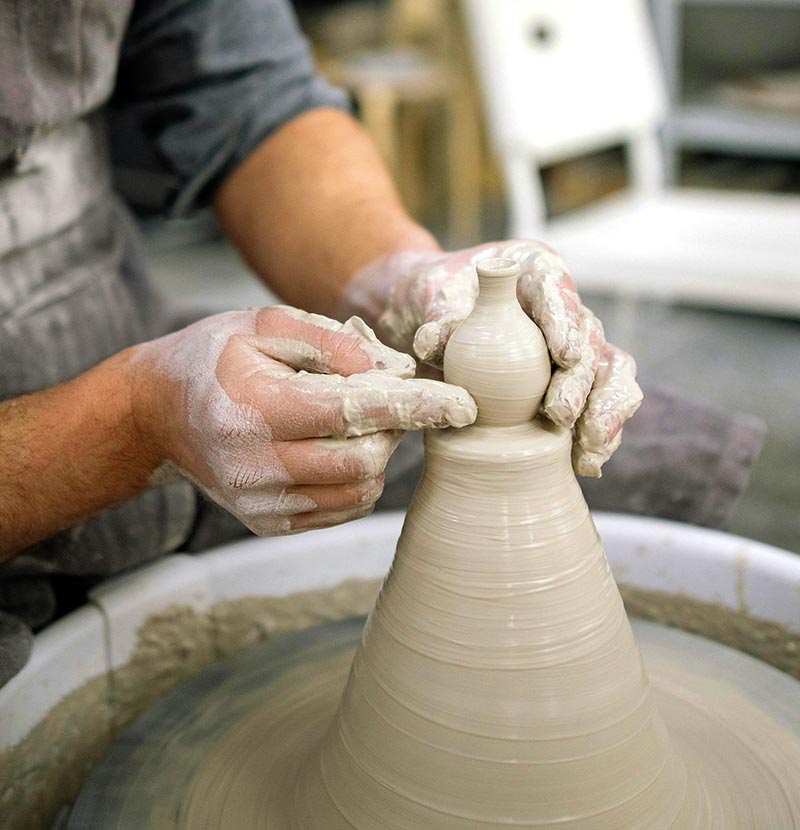
The Thirteen Steps of Jian Zhan Firing
Jian Zhan firing involves thirteen steps: ore selection, crushing, washing, proportioning, aging, mud refining, wheel-throwing, trimming, bisque firing, glaze application, loading, and kiln firing. Each tests craftspeople's skills, creating "enter one color, exit ten thousand colors."

FREE SHIPPING
Mockito official website offers free shipping on all orders over $90.

FAST SHIPPING
Express tracked shipping using DHL or similar internationally recognised courier service.

ONLINE SUPPORT
24/7 Email & If you have any questions, please feel free to contact us for answers.

100% PRODUCT SATISFACTION
We take pride in our work and guarantee you 100% product satisfaction.
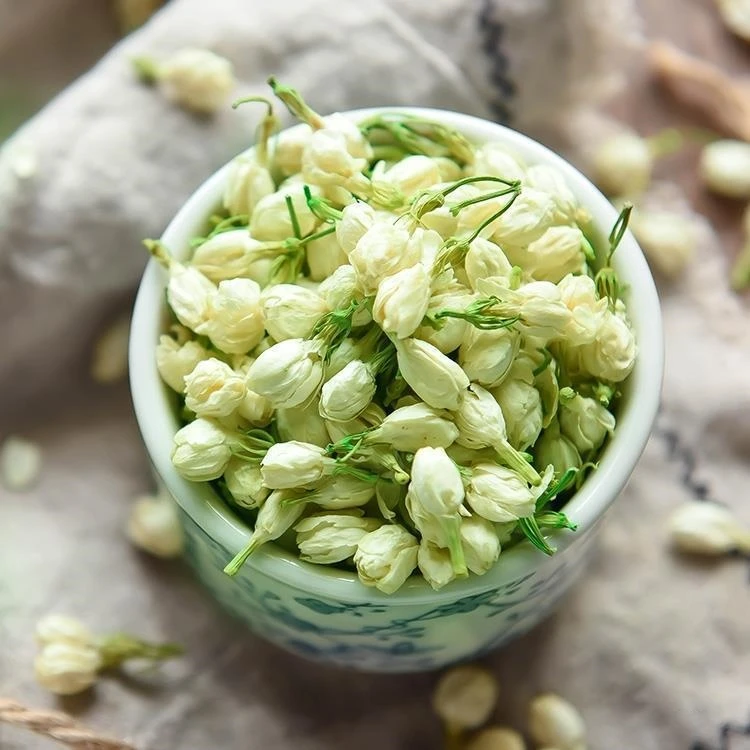
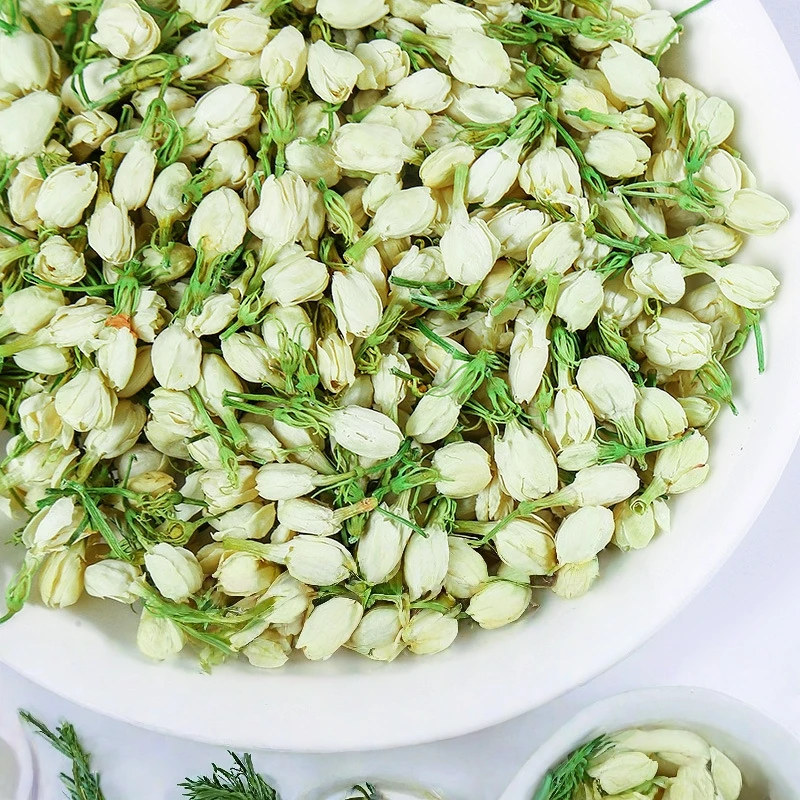
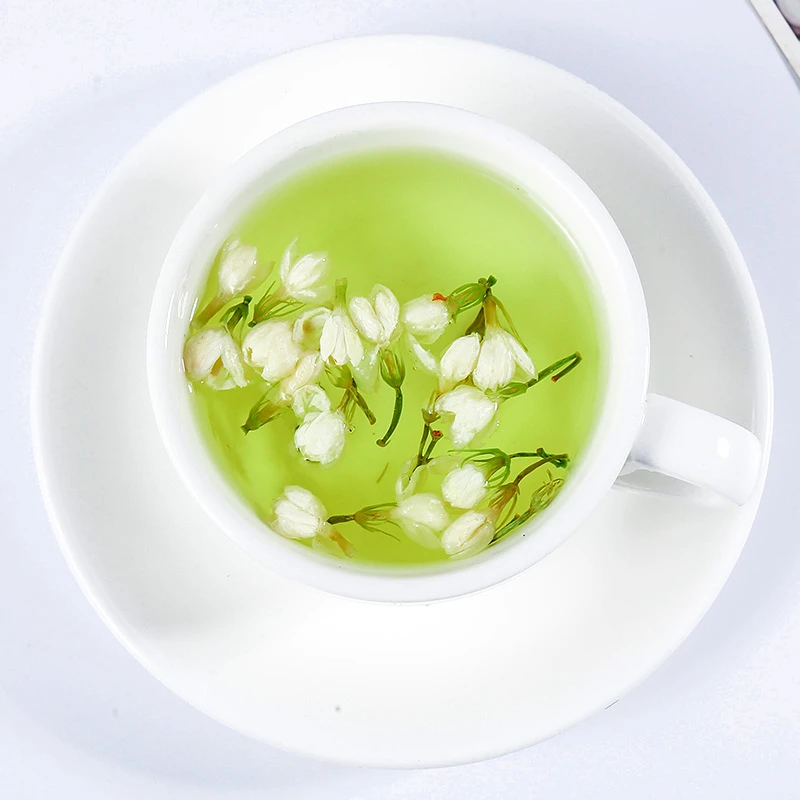
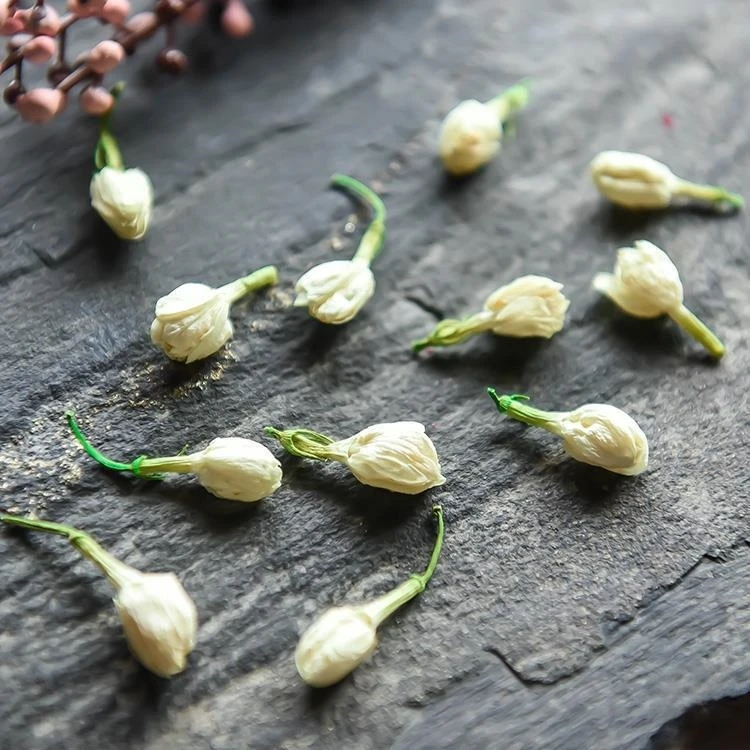
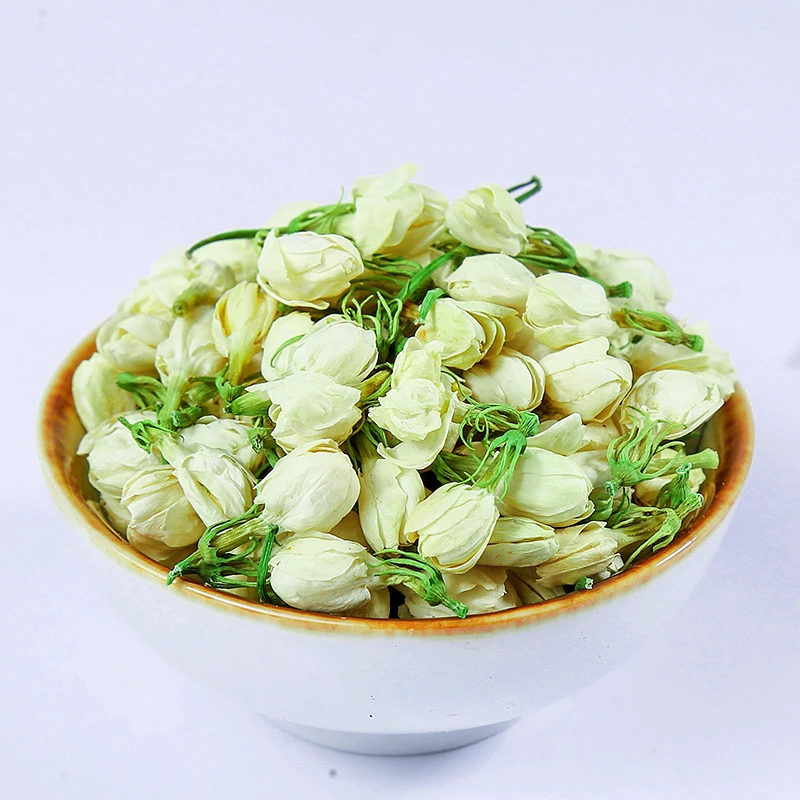
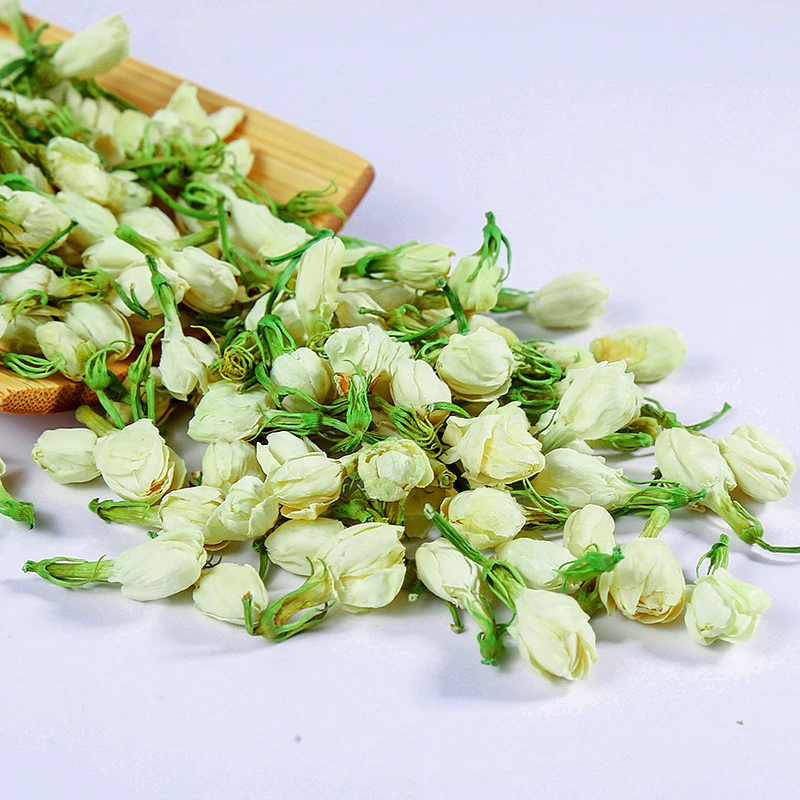
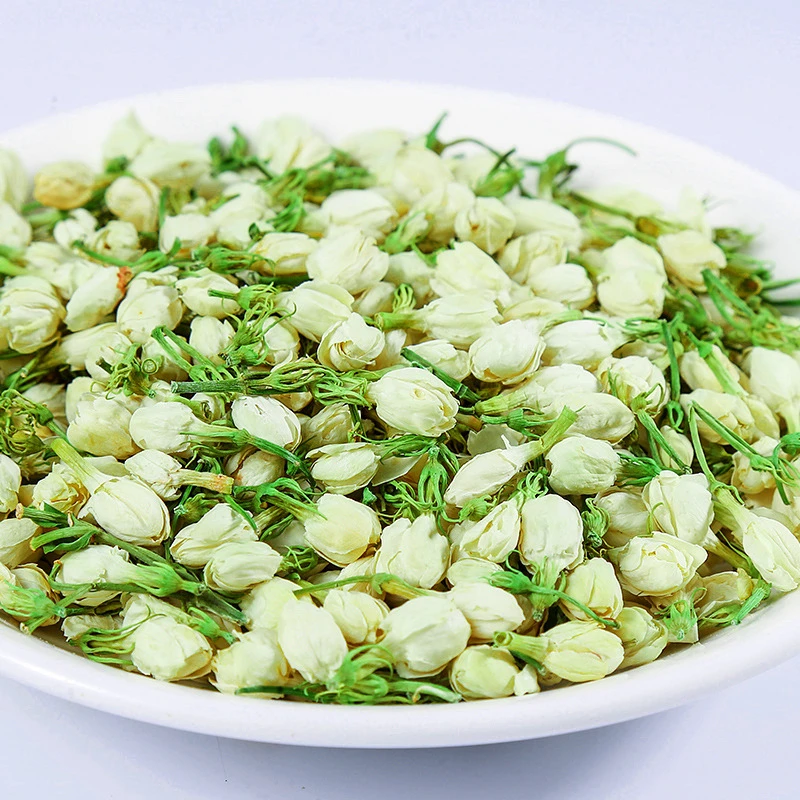







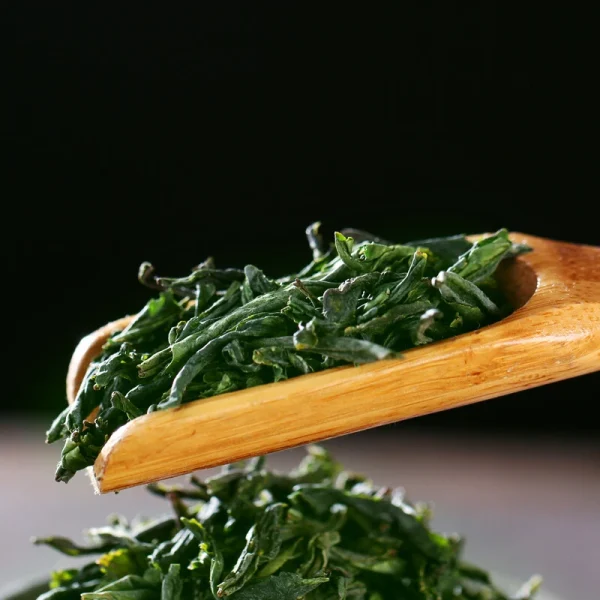





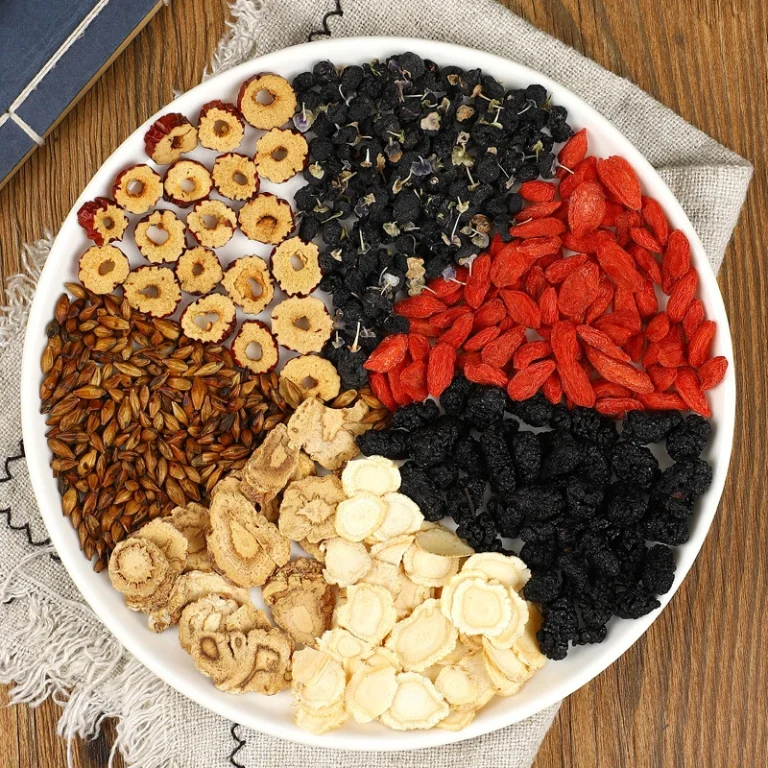
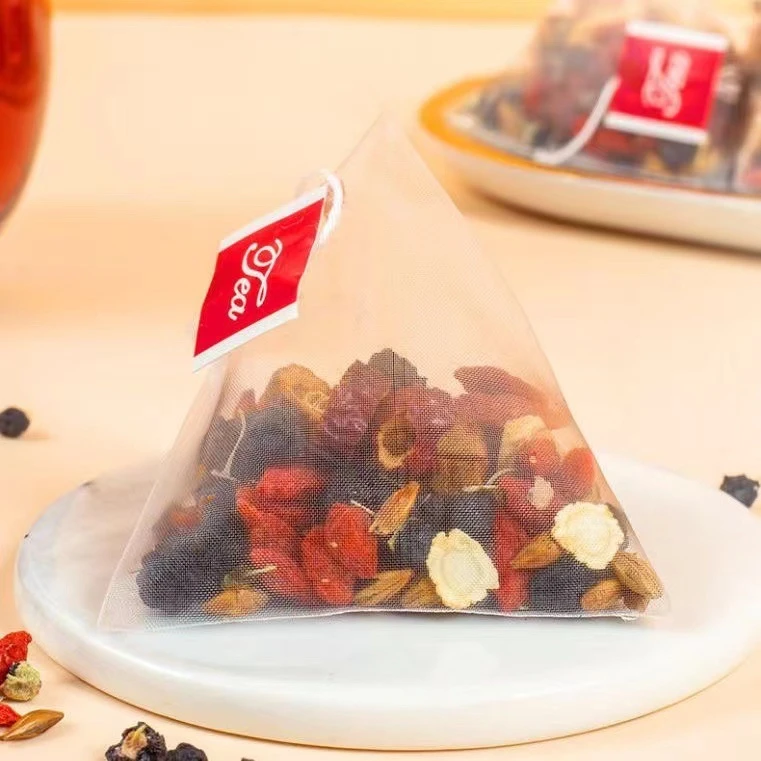
Reviews
There are no reviews yet.